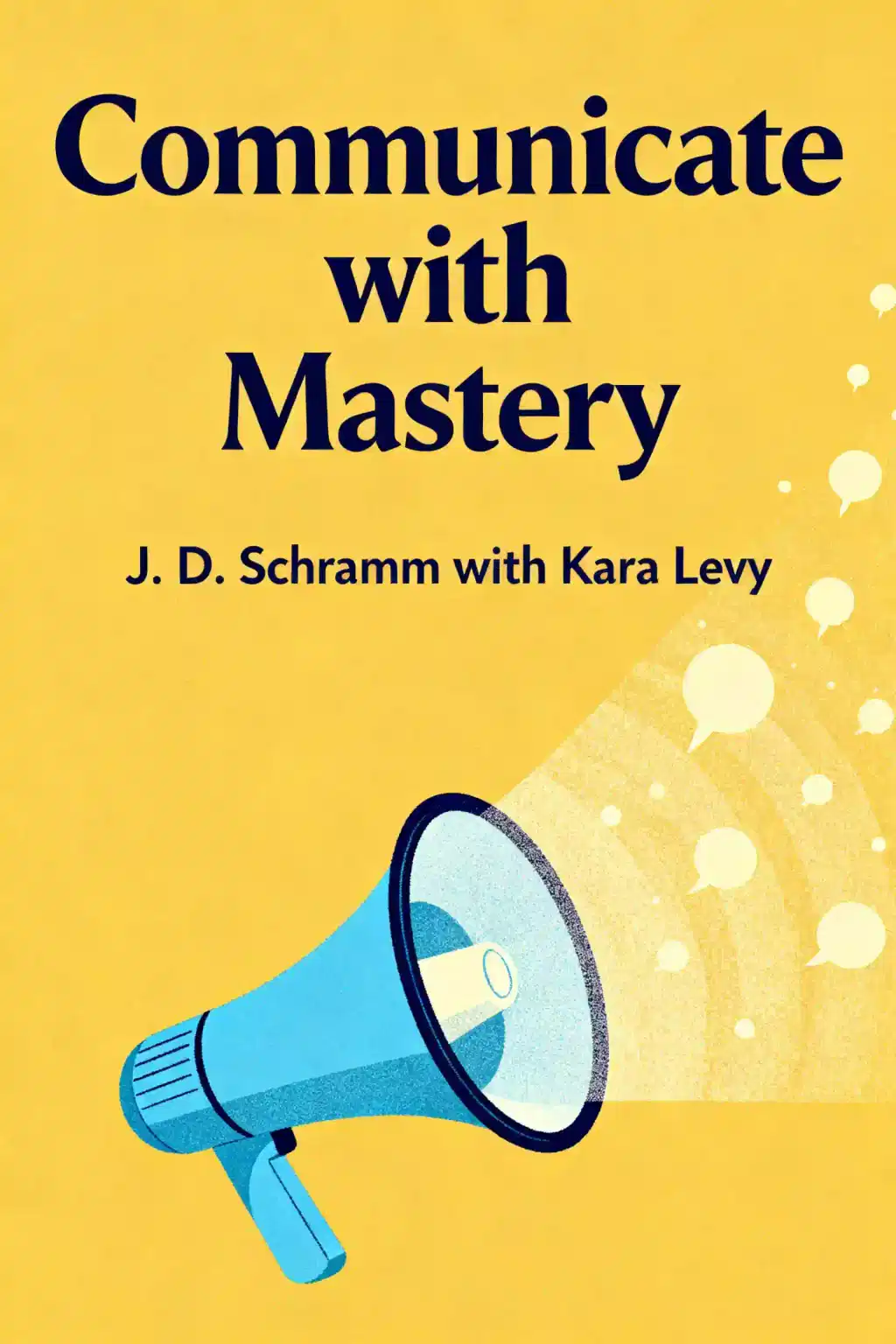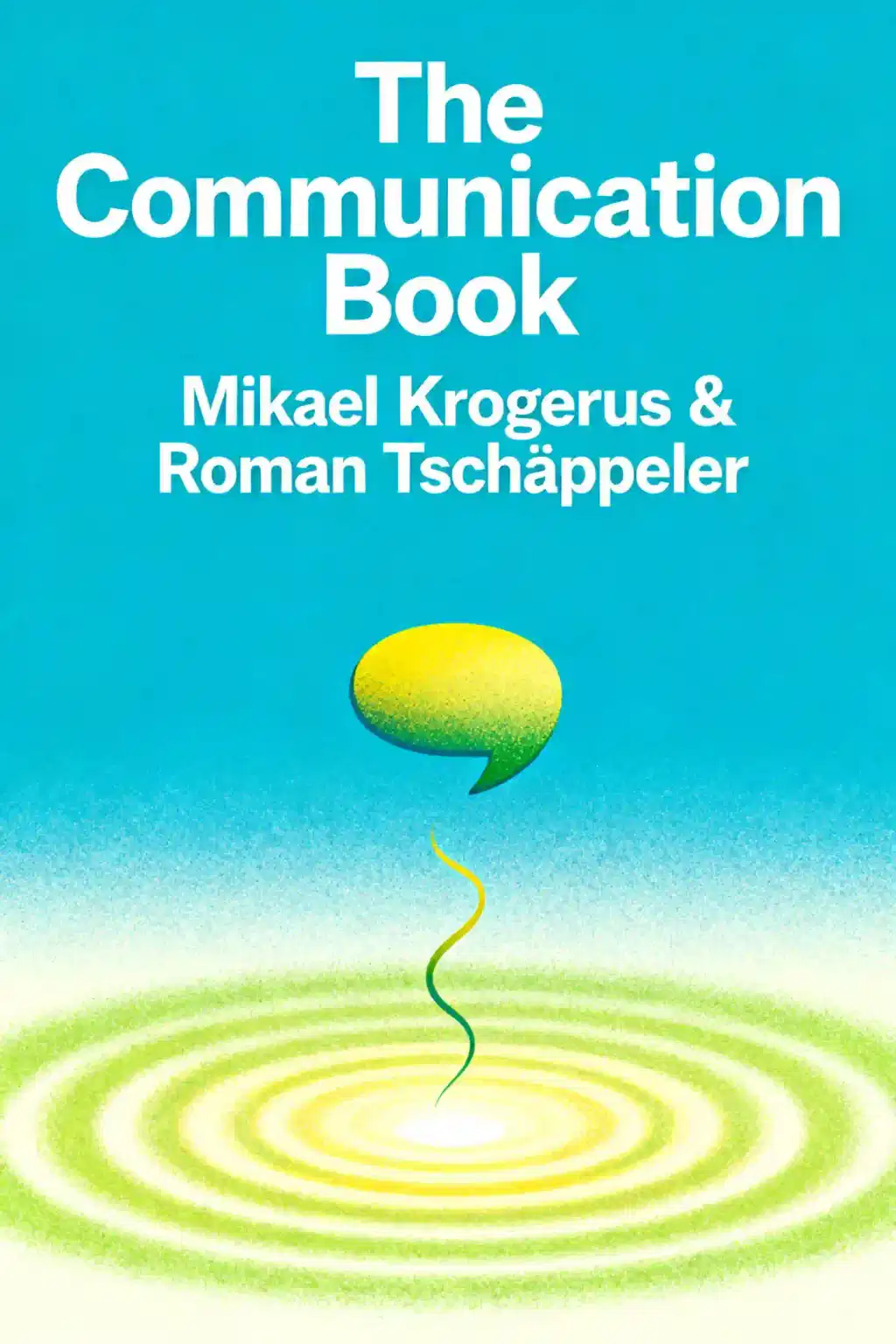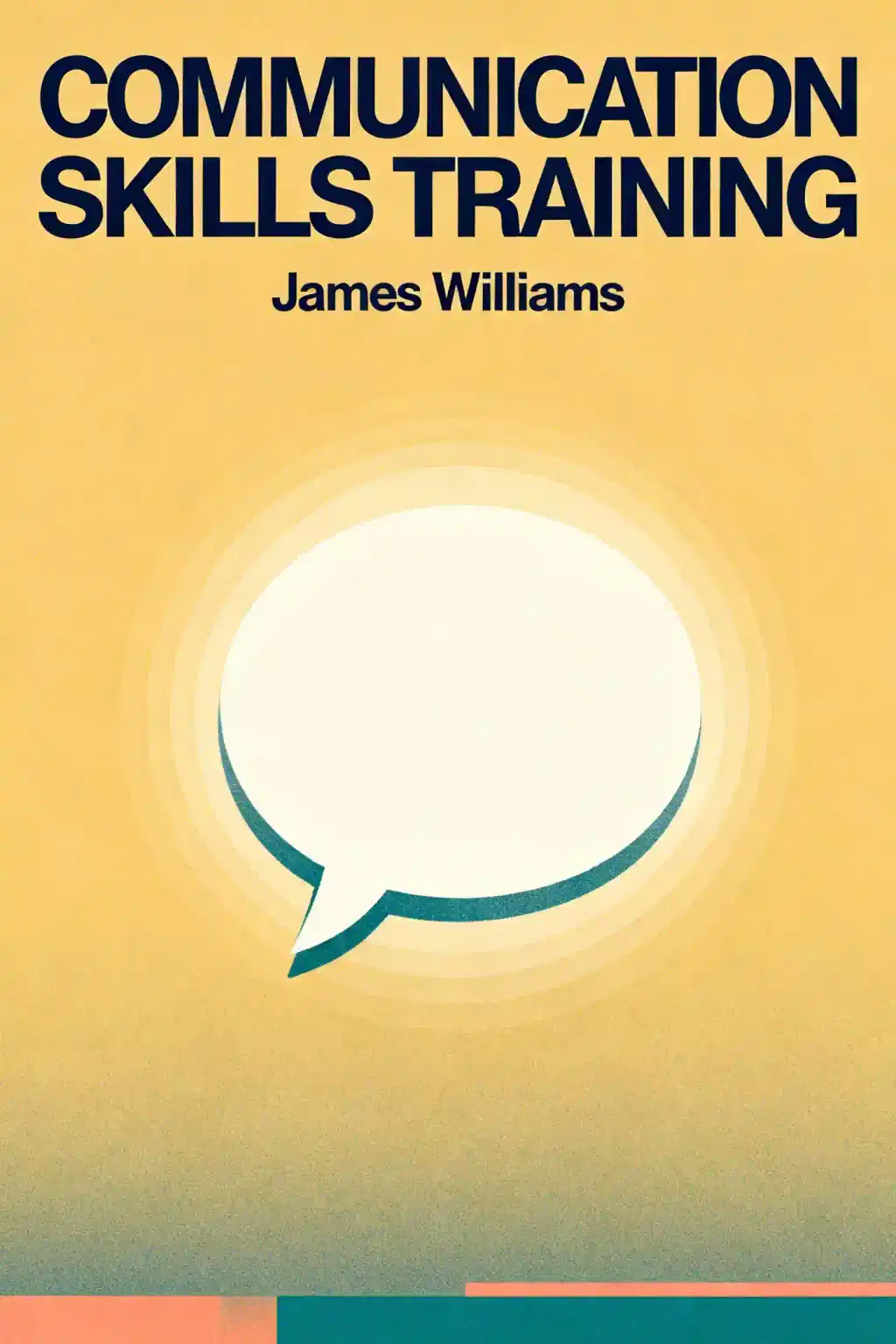What is
Mastering Communication at Work by Ethan F. Becker about?
Mastering Communication at Work provides actionable strategies for improving workplace communication, emphasizing relationship-building, conflict resolution, and persuasive presenting. The second edition adds virtual/hybrid work guidance, including frameworks like the BE HEARD model (Balance, Equip, Hear, Adapt, Reframe, Deliver) and validation techniques to reduce defensiveness. Becker blends Aristotelian principles with modern corporate examples from organizations like Harvard Business School and the New York Giants.
Who should read
Mastering Communication at Work?
Professionals seeking to lead teams, manage up, or navigate workplace conflicts will benefit most. The book targets managers, aspiring leaders, and remote workers needing virtual communication strategies. Speech coaches and HR professionals also use its frameworks for training programs.
Is
Mastering Communication at Work worth reading?
Yes—it’s a go-to resource for Fortune 500 leaders and academic institutions, with updated 2021 content on equitable leadership and hybrid work dynamics. Readers praise its practical tools, like matching listeners’ cognitive styles (deductive vs. inductive thinkers) and crisis communication templates.
What are the key communication strategies in the book?
Three core strategies:
- Active Listening: Paraphrase responses and ask open-ended questions to build trust.
- Validation: Acknowledge others’ perspectives before presenting counterarguments to reduce defensiveness.
- Framing: Adjust tone/vocabulary based on audience tendencies (e.g., data-driven vs. narrative-focused listeners).
How does
Mastering Communication at Work address hybrid work challenges?
A dedicated chapter advises using virtual breakout rooms for bonding, varying vocal delivery to maintain engagement on video calls, and setting “communication norms” for async messaging. Becker stresses the need for structured feedback loops in remote teams.
What is the BE HEARD model?
This six-step conflict resolution framework involves:
- Balance emotions and facts
- Equip with clear data
- Hear all perspectives
- Adapt solutions to stakeholders
- Reframe objections as opportunities
- Deliver actionable next steps
How does Ethan F. Becker’s background influence the book?
With 45+ years coaching executives at Apple, the White House, and NFL teams, Becker grounds advice in real-world scenarios—like handling hostile boardrooms or motivating resistant employees. His speech coaching expertise informs chapters on vocal tone and body language.
What are common criticisms of
Mastering Communication at Work?
Some reviewers note the frameworks require significant practice to implement effectively. Others suggest the case studies favor corporate environments over small businesses. The virtual communication chapter lacks depth on AI-driven tools.
How does this book compare to
Crucial Conversations?
While both address workplace conflict, Becker’s approach focuses more on hierarchical dynamics (managing up/down) and includes modern virtual strategies. Crucial Conversations emphasizes mutual respect rather than validation techniques.
What quotes from the book are most cited?
- “Validation isn’t agreement—it’s the oxygen that keeps difficult conversations alive”
- “Your voice’s color matters more than your slides’ colors”
- “Hybrid work didn’t change communication rules—it exposed who never learned them”
How can readers apply these concepts to career advancement?
The book provides scripts for salary negotiations, executive presentations, and networking. A case study shows how a mid-level manager used validation techniques to secure a promotion by aligning with their CEO’s data-driven style.
Why is
Mastering Communication at Work relevant in 2025?
With AI tools disrupting workplace dynamics, the human elements of communication—empathy, adaptability, and clarity—remain critical. Updated examples address generational shifts in communication preferences and DEI-focused dialogue.














